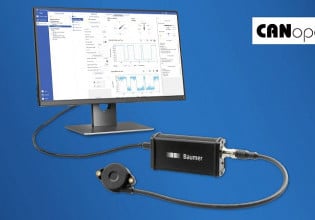J
For frame VI gas turbine both Exhaust Frame cooling fans 88TK1 & 88TK2 are starting at 95 % speed (there is a time delay 10Sec for second one)
Each fan is 100% capacity, as per the logic one fan trip, it will give only alarm, if both trip GT will unload
Why two fans are required even if one is 100% capacity? What is logic behind it?
Is it advisable to run the GT with only one fan?
What will happen to the shell if both fans tripped
Thanks in advance for your comments & advice
Regards
Each fan is 100% capacity, as per the logic one fan trip, it will give only alarm, if both trip GT will unload
Why two fans are required even if one is 100% capacity? What is logic behind it?
Is it advisable to run the GT with only one fan?
What will happen to the shell if both fans tripped
Thanks in advance for your comments & advice
Regards






